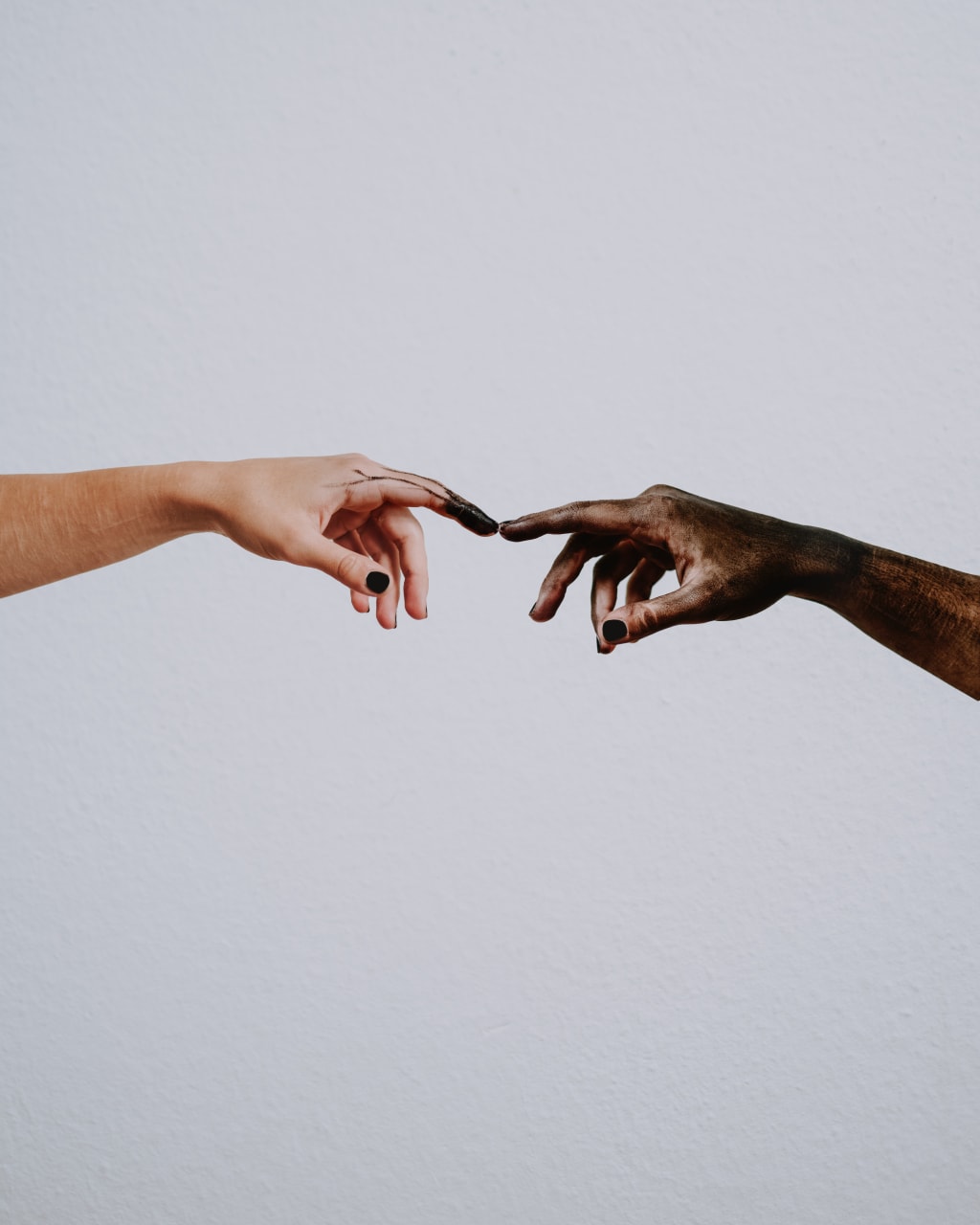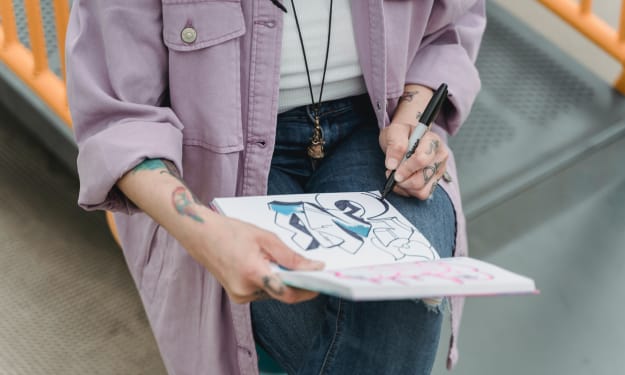Exploring the Relationship between Art and Sciences
Exploring the Relationship between Art and Sciences

Exploring the Relationship between Art and Sciences
In the year 2090, the intersection between art and sciences has reached unprecedented heights, giving rise to a new era of innovation and creativity. This symbiotic relationship has transformed the way we perceive and engage with both disciplines, leading to groundbreaking advancements and enriching our understanding of the world around us. As we delve into the intricate connection between art and sciences, we uncover a dynamic landscape that showcases the inseparable nature of these two realms.
The relationship between art and sciences has always been intertwined, even in their earliest forms. From cave paintings depicting ancient hunting scenes to intricate architectural designs that blend aesthetics with engineering, humans have sought to blend their innate creativity with their quest for knowledge. However, in the 21st century, this relationship evolved into a deeper collaboration, with artists and scientists actively working together to bridge the gap between the disciplines.
One of the key aspects driving the fusion of art and sciences in 2090 is the shared pursuit of discovery. Both artists and scientists possess an insatiable curiosity about the world and seek to explore the unknown. While scientists rely on empirical data and rigorous methodologies to unravel the mysteries of the universe, artists tap into their imagination and intuition to create thought-provoking works that challenge conventional thinking. This convergence of methodologies has resulted in a holistic approach to problem-solving, fostering a multidisciplinary perspective that fuels innovation.
Technological advancements have also played a pivotal role in strengthening the bond between art and sciences. As technology continues to evolve at an unprecedented rate, artists and scientists have access to new tools and mediums for their creative expression. Virtual reality, artificial intelligence, and biotechnology are just a few examples of the cutting-edge technologies that have enabled artists to push boundaries and explore new artistic frontiers. Likewise, scientists have embraced artistic methods to communicate complex scientific concepts in a visually compelling manner, making science more accessible and engaging for the general public.
The fusion of art and sciences has given birth to a new genre known as "sci-art," where artists collaborate closely with scientists to create works that merge scientific principles with artistic expression. These collaborations not only produce aesthetically stunning pieces but also have practical applications in various fields. For instance, scientists and artists working together have developed innovative ways to visualize complex data sets, enabling researchers to gain deeper insights and make breakthrough discoveries. Furthermore, sci-art initiatives have also been instrumental in raising awareness about pressing societal issues, such as climate change and genetic engineering, by presenting them in captivating and thought-provoking ways.
Another area where art and sciences converge is in the realm of bioart, where living organisms and biotechnology become the canvas and medium for artistic exploration. Artists in 2090 are harnessing genetic engineering techniques to create living sculptures and installations, blurring the boundaries between art and life. These bioartworks not only challenge our perceptions of what constitutes art but also raise ethical questions about the manipulation of living organisms for artistic purposes. The dialogue sparked by bioart pushes us to reflect on the implications of scientific advancements and forces us to grapple with the ethical considerations that arise from our increasing ability to manipulate life itself.
The integration of art and sciences in 2090 has also extended its reach beyond traditional art forms. The field of design, for instance, has embraced the principles of both disciplines to create products and experiences that are not only functional but also aesthetically pleasing. The concept of "design thinking" emphasizes the importance of empathy, creativity, and innovation, drawing inspiration from art and sciences to solve complex problems. By applying artistic sensibilities to scientific research and development, designers are shaping a future that seamlessly blends functionality with beauty.
In conclusion, the relationship between art and sciences in 2090 is one of profound synergy and mutual influence. The convergence of these disciplines has expanded the boundaries of human creativity and





Comments
There are no comments for this story
Be the first to respond and start the conversation.